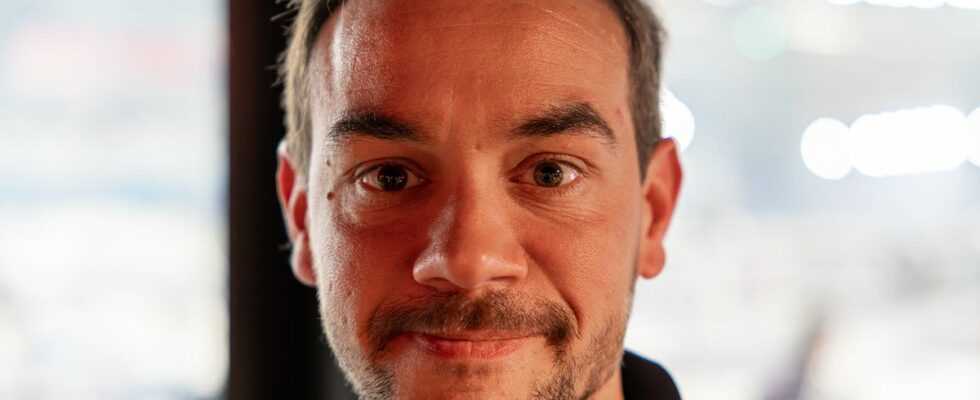During an event at the Orange Vélodrome stadium in Marseille, the operator returned to a 5G development strategy aimed at professionals with uses to be invented.
Two years after its launch, 5G is continuing its deployment in France. According to the ANFR (National Frequency Agency), some 23,566 sites are operational, some of which rely on 2G, 3G and 4G antennas. The agency specifies that only “four sites only host 4G”. By way of comparison, more than 50,000 sites were broadcasting on 1 March 2022 in 4G, more than double.
5G, yes, but what for?
And yet… If we are to believe the first French operator Orange, this 4G is no longer enough. According to Guillaume Chabas, Head of Innovation & Partnership at Orange Business Services & Head of 5G Lab Orange Vélodrome, it has arrived “at saturation during the Covid”. “The mobile network is not intended to be used continuously and Orange needs to offload very heavy usage to the 5G network”, he tells us. For the end user, however, 5G remains very mysterious. Promising higher speeds than 4G, but also and above all lower latency, it has been asking for two years the question of the revolution of uses.
If we expect it from the general public, it is turning more towards so-called BtoB uses, that is to say, oriented towards professionals. On the occasion of a demonstration organized at the Vélodrome stadium in Marseille (of which Orange is the official sponsor), the operator is working to create the uses requiring 5G to be preferred to 4G. Because Orange wants above all to determine 5G use cases that would not be authorized by wifi or previous network generations. In short, no longer be satisfied with speedtests theoretical, but invest in the concrete.
“Experimental” 5G to the rescue of 4G
And among them, that of a wireless image upload, in 5G therefore, live during a football match. Using a closed network created for the occasion, the operator intends to bring together the conditions allowing professionals (photographers, for example) to send their images and videos without delay. Under these perfectly controlled conditions for “maximizing throughput”, the device works. Thus, equipped with a Sony Alpha 1 (A1) duo on the shooting side and Sony Xperia Pro on the transmission side, a photographer was able to send his images without any cable to the giant screens of the stadium. Unsurprisingly, it works without difficulty.
Sound simple? But to obtain equivalent performance in other places, explains Orange, it is a question of densifying its 5G networks, deploying its “core network in specific locations” and of “properly split your network” (via the process of network slicing which makes it possible to adapt the use of its 5G to its different targets), all requiring smartphones adapted in terms of network compatibility and battery.
Stadiums or city centers, priority to high-density areas
To date, Orange’s ambitions are not to push 5G all the way. Priority is given to reasonable coverage in areas where 4G is no longer sufficient. The objective is therefore to cover the major cities with high-performance 5G and the rest of the territory with 4G. “The opportunity of 5G is the elasticityspecifies Guillaume Chabas. We are going to put a lot of resources with a focus on all the big cities in 5G, with five to seven high density points per city.“No more question, hopefully, of ending up with an inoperative 4G network in the very heart of large cities, 5G then having to come to the rescue of over-stressed antennas.
Ambitious projects which are however not accompanied by any precise timetable and require finding the uses which would make 5G truly essential. But this is another story…
